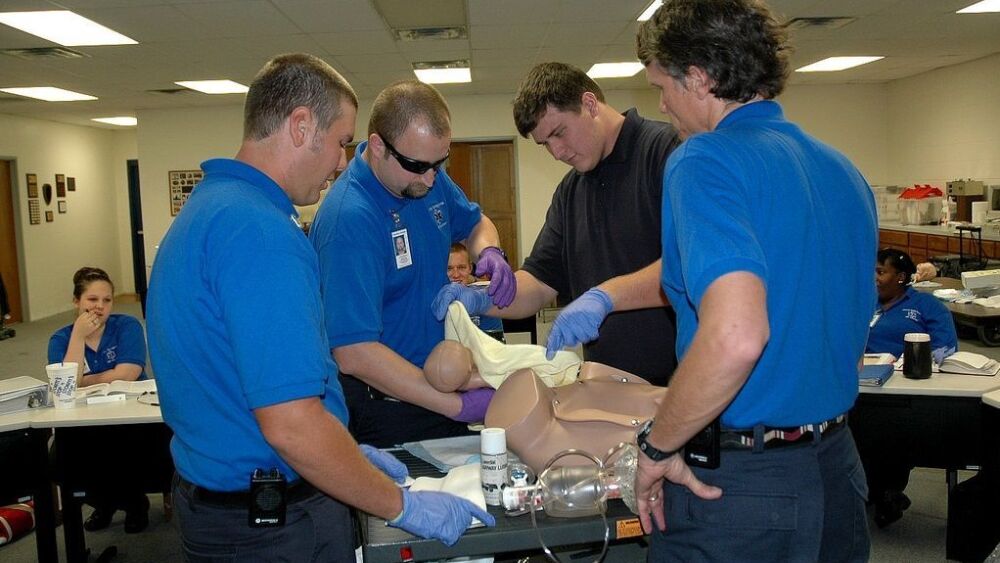This article was originally posted at Limmer Education and is reprinted with permission.
This article was originally posted in the EMS1 Safety eNewsletter. Subscribe today for safety training, research, strategies and more.
This article is challenging to write. Not because I don’t know what to say – I have too much to say. How do you write an article about patient assessment, the current issue with skill sheets, organizational culture and rules, and creating effective educational guidelines for complex tasks?
These issues have been in the forefront since the NREMT took down the EMT skill sheets, and we struggle to educate students on sound assessment and good decision-making. Revelations after paramedics in Colorado were indicted for the death of a patient not only highlight some of these issues but sends a collective chill down the spine of every paramedic.
I have never been a fan of skill sheets for learning – and sometimes not even for testing. Our outcomes are robotic point collectors as students memorize their way through what should be a thinking process.
This article was generated after reading a comment on a previous patient assessment article. We posted our detailed patient assessment flowchart. A reader asked if the flowchart was approved or validated by any of the national organizations. While the flowchart does follow the old EMT skills sheets pretty closely, I responded by asking if it needed to be endorsed. Is there a national organization that tells physicians or allied health professions how to assess? No.
Read more:
Whatever will we do without the skill sheets?
NREMT is discontinuing the ALS psychomotor exam. That’s a good thing, if you let it be
Is there a better way?
I like to study organizational culture. Some organizations have 100-page employee manuals. Others take their “manual” and make it just a few lines. It is amazing how everything that needs to be said can be done in very short bursts. Any time an employee must decide or act, these simple principles guide the way.
Guiding principles vs. steps
I hope you can see where I am going with this. What if we create the same guiding principles for patient assessment? Put them on the wall of your classroom or lab and when a student struggles, pick out one of the principles and help the student align with it. Elevate your students above skill sheets in thought and action.
I wrote these, tweaked them, reviewed them. Part of me wants to create a rubric based on these points. But then I realized that simple is the most powerful. Like the company with a great culture that allows their employees to work based on simple but clear principles (note the difference between principles and steps or guidelines), I think these capture the essential assessment concepts. Here they are:
Guiding Principles of Patient Assessment
- Ensure relative safety for yourself, your team and the patient. We always talk about scene safety first. This makes it a principle – and acknowledges that it is ultimately “relative.”
- Identify and treat all life threats first. Monitor these life threats throughout the call. This doesn’t rely on ABC or CAB. We are elevating it to a principle – and one near the top of the list. It starts now and is the most important thing done throughout the call.
- Consider the patient’s condition and stability when choreographing the remainder of the call. Calls that are planned and organized go better than ones that aren’t. The first consideration is the patient’s condition. Now is also the time to think ahead about patient movement.
- Perform an assessment using a differential diagnostic approach, with an appropriate pace and in the best location that will lead to appropriate patient management. There is a lot here. Differential diagnosis and how and when you do something are often as important as the management you will provide.
- Manage the patient’s suspected condition by all means available, including medications, transport decisions, and appropriate devices. Management doesn’t just happen. It is based on a solid assessment and involves multiple modalities – including prompt transportation to the proper facility.
- Reassess the patient frequently and accurately. Now isn’t the time to let your guard down. Don’t wait until deterioration is noticeable. Reassess. Reassess. Reassess.
- Provide comfort and reassurance to the patient and their family. This may be lower on the list but can be done concurrently with any of the principles. Treat everyone the way you would want to be treated.
Provide appropriate communication, documentation, and handoff to the next team involved in your patient’s care. It is not over until it is over. Be sure the next in line to take care of your patient know everything they need to keep doing it well.
Using these principles in the classroom
You can introduce these principles to students at any time. They will need more detail in their first few times practicing assessment (see our detailed assessment flowchart). But once they have practiced it a few times, these principles are great for instructors to use. Rephrase the principles as questions. Point to them on the wall. After you ask the student how they thought it went, bring these up. “I would say your assessment was thorough but was it at the right pace and location for the patient’s condition?”
We can show our students assessment steps. We can teach them tips and tricks. We can watch them rack up points on skill sheets. When they learn and apply principles to a variety of situations, they have learned.
And that is what we are here to do.














